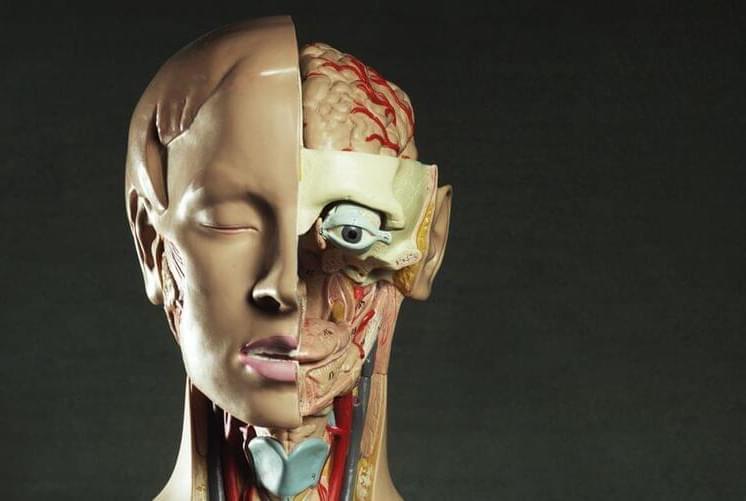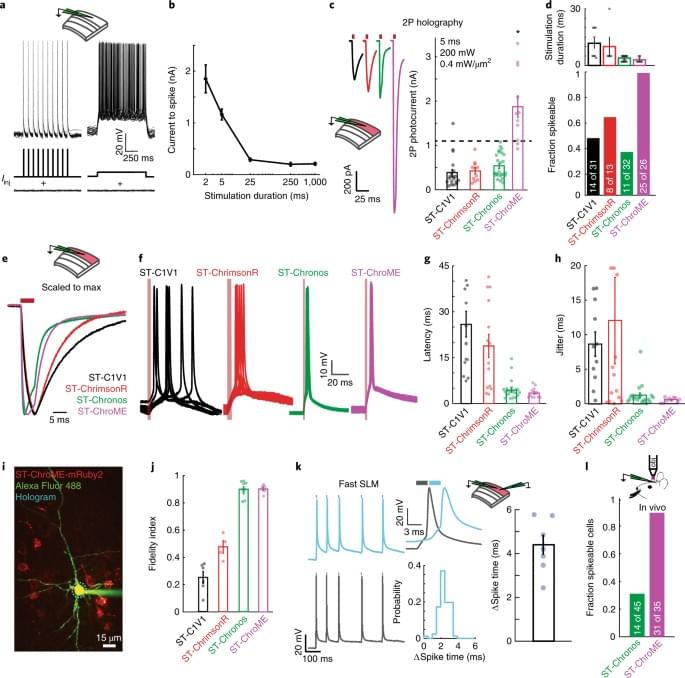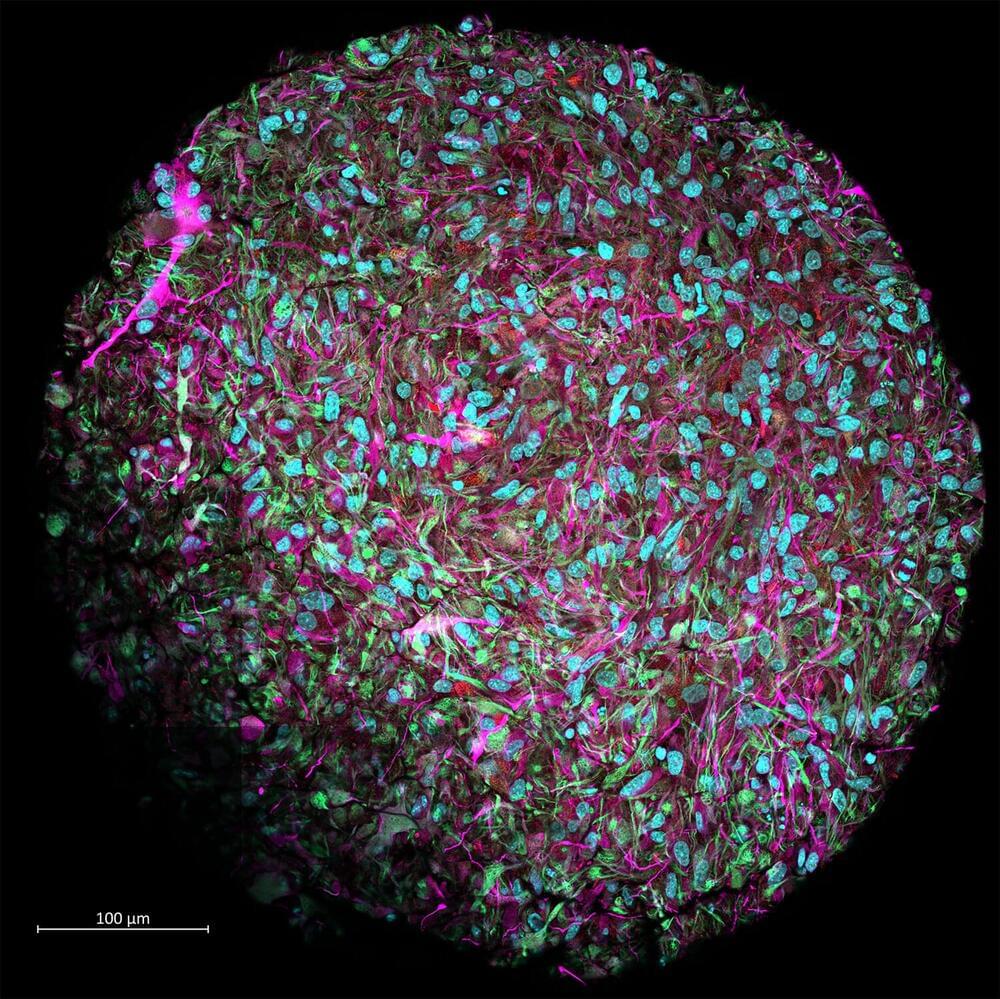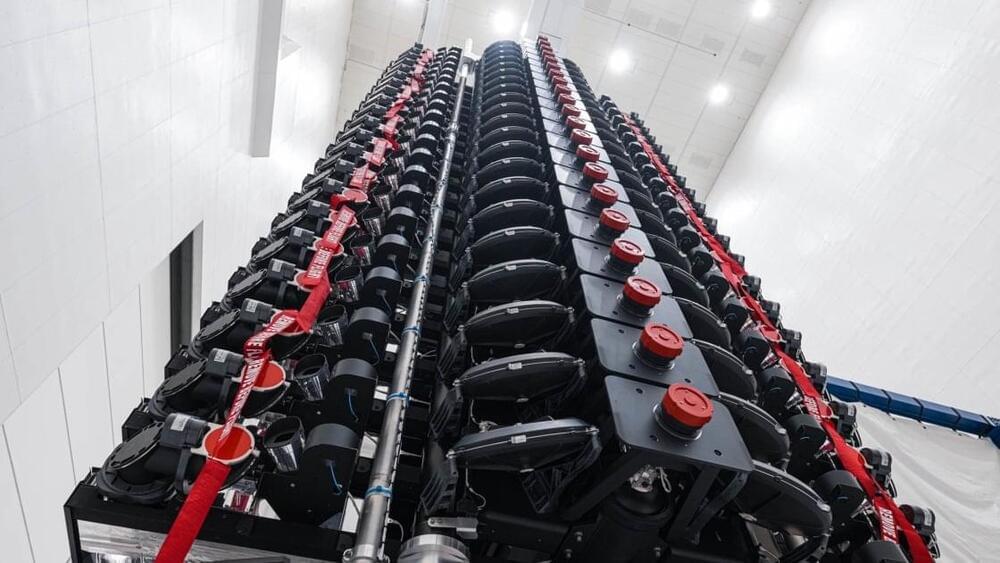Already smarting from a breach that put partially encrypted login data into a threat actor’s hands, LastPass on Monday said that the same attacker hacked an employee’s home computer and obtained a decrypted vault available to only a handful of company developers.
Although an initial intrusion into LastPass ended on August 12, officials with the leading password manager said the threat actor “was actively engaged in a new series of reconnaissance, enumeration, and exfiltration activity” from August 12 to August 26. In the process, the unknown threat actor was able to steal valid credentials from a senior DevOps engineer and access the contents of a LastPass data vault. Among other things, the vault gave access to a shared cloud-storage environment that contained the encryption keys for customer vault backups stored in Amazon S3 buckets.








